I’ve been leaving my radio monitoring JT65 frequencies for the last week, largely on 20m, with occasional diversions to 40m, 30m, and 17m. JT65HF can upload all your spots to pskreporter and from them, you can download an ADIF log file. I thought I’d see what stations I heard over the last week, and the results were surprising enough that I thought I’d share them.
2E0ZRQ, 4A1TD, 6B3YOE, 6Y5IC, 7L2MDI, 7N4HQN, 8J9VLP, 9M2TPT, AA0DW, AA7OK, AB1NJ, AB1PF, AB6OR, AB7JK, AC0MW, AC7SG, AC8XI, AD0AR, AE3T, AE5OL, AE5ZD, AE7CD, AE7U, AF5AT, AF5FH, AF5KY, AF6JO, AG0A, AG8M, AH6OY, AH6RR, AI6RE, AK4AT, AK4BB, AL7ID, BD2CO, BD2MC, BD3RQ, BD7BW, BI7MCK, BU2CB, BX2ADE, BX2ADJ, CO2BG, CO8RS, CX4NF, DD3KF, DF9JL, DG0RG, DG1LHM, DG3OAF, DJ1FQ, DK3EG, DL3NOC, DL4FBW, DL8ZBA, EA1BYC, EA1JM, EA3HJ, EA4DKJ, EA7CHS, EA7GDC, EA7IU, EB3FDI, EI1DG, F1ABL, F1FZH, F4BAL, F4BKT, F4CLN, F4EEX, F4GOH, F5JMH, F5RHE, F6HHO, FK8HG, FO5QJ, G1OXB, G3KLV, G3VIR, G4HXC, G7JWR, GW0TKX, HL2KV, HL3IB, HL5QO, IK2TDM, IK4UOA, IK5FKF, IN3NHZ, IZ0IWD, IZ0MIO, IZ3XEF, J35X, JA0EKI, JA0FOX, JA0HNN, JA1AZR, JA1BZJ, JA1DEQ, JA1FIK, JA1FMN, JA1FVS, JA1GFB, JA1NUX, JA1VDJ, JA1WDZ, JA1WGR, JA1XBX, JA2JNT, JA2VZ, JA2ZS, JA3BQB, JA3CG, JA3EGE, JA3FQO, JA3SJG, JA4CXX, JA5AZO, JA5DVK, JA5TX, JA6ATL, JA6CRP, JA6EIM, JA7FYU, JA7IGN, JA7MJ, JA8CQM, JA8FTB, JA8IZP, JA8NIS, JE1HRC, JE1TRF, JE2PMC, JE6JFL, JF1CSE, JF1JTQ, JF1KUR, JF1PTX, JF2IWL, JG1GFU, JG1ITH, JG1USO, JG1XUZ, JH1ICJ, JH1KYA, JH1MKT, JH1QKG, JH1WCL, JH3GCN, JH3IEG, JH3IMR, JH3OWW, JH3XYP, JH7GNC, JJ5IZX, JJ7RMS, JK1XUI, JL1DLQ, JL1OVC, JM1ESG, JO1PYV, JO3IEE, JO3TAP, JP1GVC, JQ2HVN, JR1AUK, JR1BVP, JR3UIC, JS2KHM, K0GDI, K0KC, K0PT, K0RAR, K0TAZ, K0TPP, K0WIU, K1BJF, K1JT, K2AFY, K2B, K2CDP, K2KYH, K2NCC, K3GEV, K3HR, K3NAW, K3YP, K4AFR, K4BOI, K4ED, K4MJ, K4OP, K4QJC, K4RVJ, K5DE, K5WPN, K5WW, K6EU, K6HOM, K6LE, K6RWM, K6SID, K7HRT, K7JBQ, K7KKY, K7ZL, K8FER, K8JMB, K8WHA, K9AAN, K9GVM, K9IBM, K9OHI, KA1GMN, KA1WPM, KA3LOC, KA9CCH, KA9SWE, KB0MDQ, KB1RVT, KB1TJC, KB2BAF, KB3IYQ, KB5EZ, KB6DAY, KB7JWD, KB7N, KB7RUQ, KB8DID, KB9GSY, KB9PRF, KC0VPL, KC0ZDV, KC2FZN, KC2RDC, KC2SJ, KC2WTG, KC8GCR, KC9ON, KC9REX, KC9UNL, KC9WNZ, KD0AGX, KD0PMW, KD0QYN, KD2CFH, KD2JC, KD4K, KD4NUL, KD5R, KD5ZAT, KD6HQ, KD6PJE, KD7H, KD7PCE, KD8HSV, KD8OVN, KD8RDH, KE4TG, KE9JF, KF2H, KF2T, KF4RWA, KF5GST, KF5REP, KF5SLN, KF6LYF, KF7EMI, KF7JGF, KF7LF, KF7PG, KF7PKL, KF7QPK, KF7RTU, KF7ZZ, KG2MD, KG5RJ, KG6EYC, KG7HQ, KH6FT, KI0J, KI4MI, KI5PM, KI6CJE, KI6DY, KI6VJY, KI7PY, KI7RM, KJ2U, KJ6CC, KJ6PCC, KJ6RKZ, KJ6WIA, KK4DSD, KK4DTT, KK8G, KL7GRF, KL7QW, KN8J, KR4RO, KS4S, KY7S, KZ8K, LU2DO, LU6PCK, LU8DIO, LU8EX, MM0LGS, N0XZ, N1CPU, N1GJ, N1MGO, N2ADV, N2LQ, N2MGT, N3BNA, N3KV, N3MVX, N3XX, N4ABN, N4CE, N4CWS, N4LXB, N4ST, N4TQ, N4UHZ, N4ZQ, N4ZSA, N5IC, N5PT, N5RGV, N5YHM, N6BX, N6GFK, N6NG, N6OL, N7NSO, N8HS, N8KSG, N9DUG, N9GUE, N9OJC, ND4Q, NI0B, NJ1H, NN1B, NN6XX, NO2T, NQ3TDV, NS2B, NS6E, NS7RS, NT4F, NU6O, NW5P, NZ8V, OE1DXA, OE3DXA, OK1FIM, OK1UFC, OK2BGB, ON3LA, ON4QX, ON8BZ, PA1BR, PC5E, PD1JH, PE1AUV, PJ2MI, PP5ZAP, PY2RN, PY2VM, RA0JBL, RA0UF, RD3DM, RK6A, RN0CF, SM0MEM, SP7IIT, SQ3LLJ, SV0LR, TI3VLM, TR8CA, UA0CKP, UA0LOQ, UA3DTK, UA6ARR, US5CCO, US5UFF, UU9JQ, VA3DYD, VA3ECJ, VA3LLZ, VA3MJR, VA6JB, VA7AQD, VE3RYI, VE4KZ, VE4TV, VE4XC, VE6BY, VE6VS, VE7HBS, VE7NH, VE9JMG, VK2ELF, VK2MUS, VK2ND, VK2QQ, VK3DHI, VK3FM, VK3MQ, VK3TCT, VK4AFU, VK4BDJ, VK4CMV, VK4KEE, VK4NGW, VK4SSB/2, VK4WDM, VK4WTN, VK5DG, VK5EI, VK5KGP, VK5NG, VK6DU, VK7SM, VK7TR, VK7XX, VK8NSB, W0GTS, W0TUP, W1CAM, W1HFB, W1YIF, W2PFA, W3ACO, W3BI, W3SFG, W4ED, W4EG, W4JSI, W4PGK, W4UAT, W4WWJ, W4XK, W5ISP, W5JLF, W5KY, W5OXM, W5TTE, W5VU, W6EAW, W6IR, W6KY, W6OA, W6TZI, W7CRK, W7DGZ, W7LYS, W7PI, W7VP, W8FDV, W8XLR, W9MJ, W9MO, WA0AM, WA0JCE, WA0RKQ, WA2JSG, WA2LTH, WA4CQG, WA4DMV, WA4MIT, WA5TVO, WA7AG, WA7JS, WA7SCH, WA8EFK, WB0BLV, WB2GJD, WB3LHD, WB4CIW, WB4OSS, WB6OWZ, WB6URD, WB9DAN, WB9OWN, WC0D, WC7V, WD4OIN, WE1RDO, WF1G, WH6EBS, WN0Y, WN6K, WO4R, WP4JCF, WR1Z, WS0L, WU7B, WX7MB, XE1H, YB0LWA, YB8EXL, YB8VM, YC8DFR, YL2NX, YO9APK, YV5FJ, YV6BFE, YY5LAY, ZL1COP, ZL2CVW, ZL3ACU, ZL3TRR, ZL4AD, ZL4SA, ZS6WN
The most distant call I’ve heard was ZS6WN, which is a distance of very nearly 17000 kilometers. The best DX QSO I’ve had in that time was VK7TR in Tasmania, which was a distance of about 12680 kilometers.
In ham radio, we have used the term “alligator” to refer to anyone who has a large signal, but is deaf to people who respond (the idea being that alligators have small ears, but big mouths). I seem to have the opposite problem: I can hear many signals that I cannot work regularly. Most US stations seem to be reachable by me with around 10 watts of power (modulo the vagaries of conditions) but I can’t seem to hit many of the DX stations I can hear with 25 watts. It would appear that I have the opposite problem: the size of my ears are outpacing my voice. What does that make me, a floppy eared bunny?
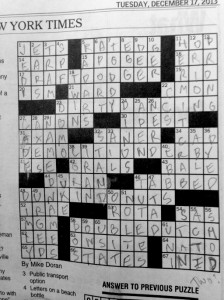


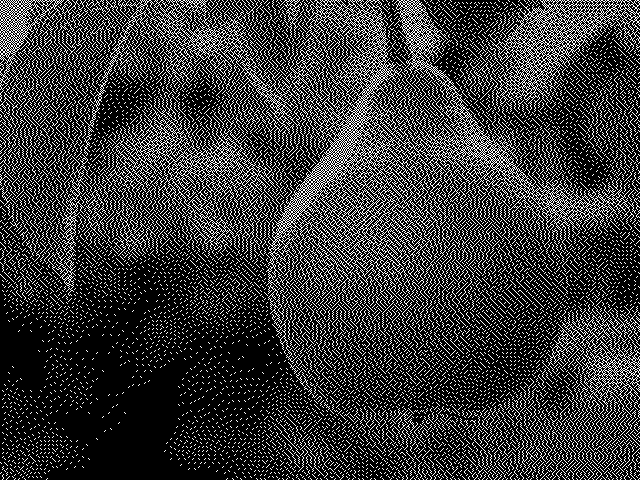
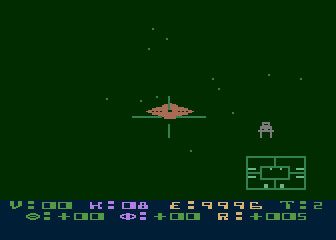
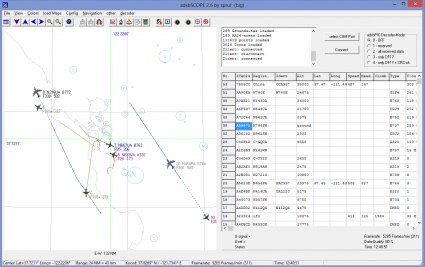
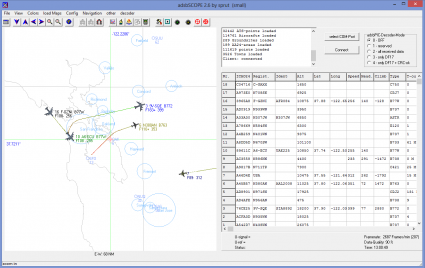
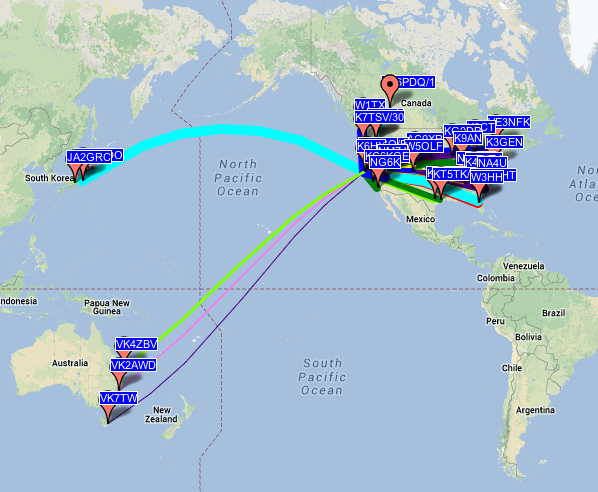
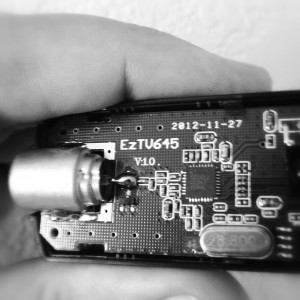
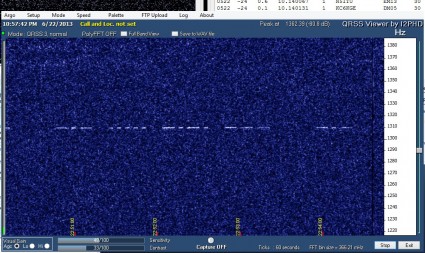
I recall burning three or four weeks of a sabbatical getting Saccade.com on the air with Wordpress. So much tweaking…